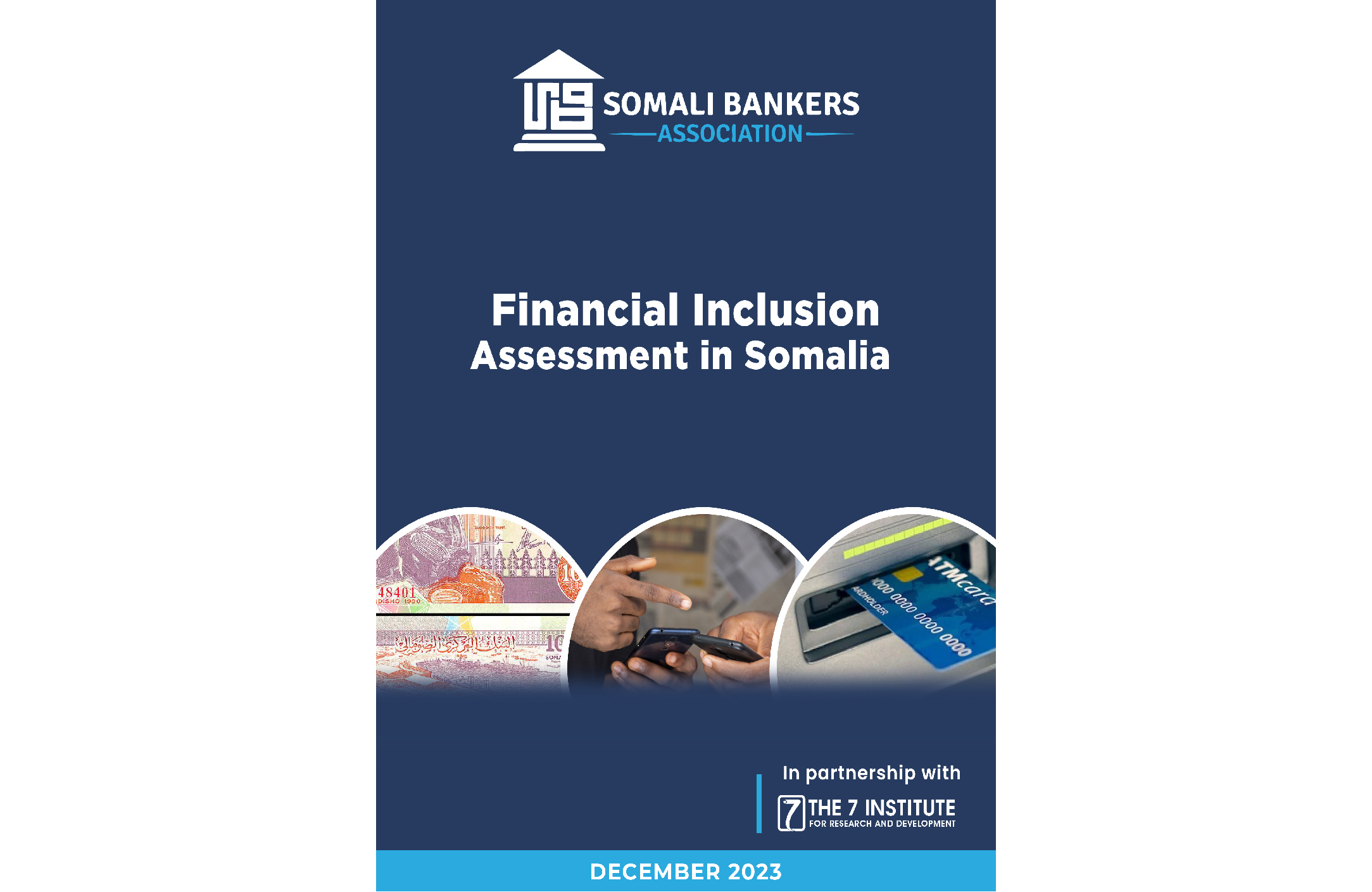
Financial inclusion implies that individuals and businesses have access to accessible and affordable financial services and products that satisfy their financial needs (check clearance, payment services, assets financing, insurance, and checking and savings accounts). The Usage, quality, and accessibility of financial services and products measure financial inclusion. Successful financial inclusion increases savings and investments, economic development, and poverty reduction. Financial inclusion level can be measured by an index examining the extent of access to formal bank accounts, considering several factors such as penetration, availability, and Usage. The civil war in 1991 destroyed all banks after the collapse of the central government of Somalia, and the current commercial banks in Somalia are just a decade old. Although banking services are new in Somalia, banks have made significant progress quickly. Somalia has low levels regarding bank loans, savings, and Usage of credit cards. Banks in Somalia face a unique challenge. They invest a significant portion of customer deposits in real estate, a decision that can lead to a lack of sufficient cash flow, limiting their lending capacity. The allure of real estate as a more lucrative business than profit rates on asset financing (Murabaha) often drives this investment strategy. The country’s banks make asset financing based on the bank’s equity because the accounts opened in the banks are current accounts, which means that the customer can withdraw his money from his account at any time. Further, Somalia has no deposit insurance/protection and saving rate, which impedes savings accounts. The services offered by banks are mainly asset financing (Murabaha), failing to meet the different needs of customers. Men are more likely to use banking services compared to women. Women are poorer at taking loans than men because women have no more networks and collateral assets, which are essential for acquiring financing assets from banks. The growth of the bank’s equity does not grow as the customers’ deposits grow because of undiversified investments. Somali banks offer the same services and invest in real estate, concentrating on one area of investment, and this has caused them to earn low income. For commercial banks to stay sustainable and competitive, they should expand their services and products to meet different needs and contribute to the country’s economic development. Somali commercial banks currently focus on serving only wealthy people, which creates financial exclusion. Somalia lacks the most critical indicators for excellent financial inclusion achievement, such as sufficient bank financing, savings at financial institutions, loans, credit cards, and enough ATMs and bank branches. Nearly half of the people surveyed in Mogadishu have no national ID Cards, and few of them receive their salaries through bank accounts. Limited financial inclusion indicates lower economic development resulting from inadequate savings, investments, financing, and economic growth. The country’s economic development depends on the financial sector’s development. The only element of financial inclusion indicators that Somalia can praise itself on is mobile money for achieving a good record thanks to telecommunication companies. Since banks are urban-based and require documents and some basic knowledge, mobile money services have contributed significantly to financial inclusions because of no age, literacy, and location limitations.

